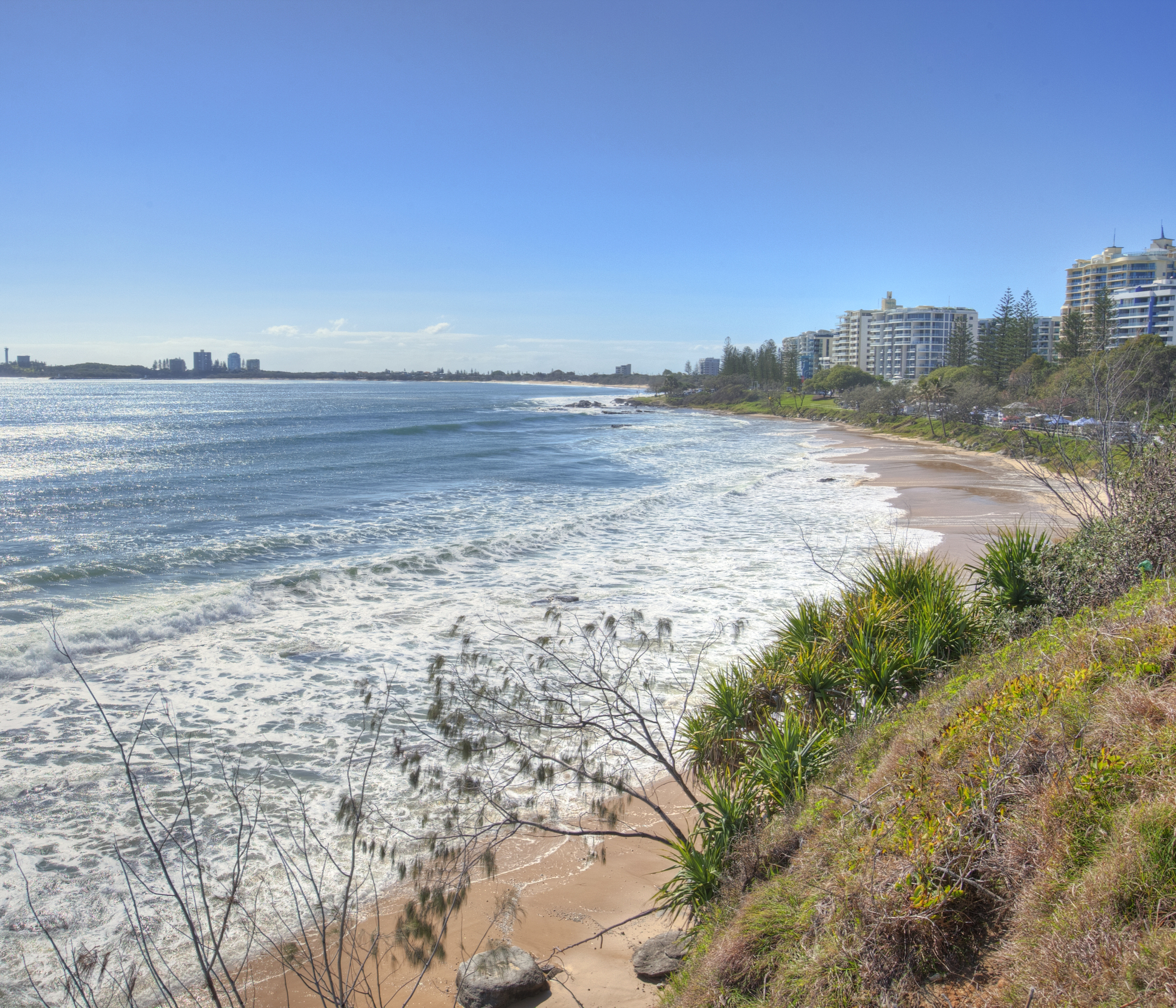More than 50 citizen scientists have already shown interest in helping a University of the Sunshine Coast researcher build a database of local beaches in a new project funded by the Queensland Government.
The strong response has pleased USC Senior Lecturer in Physical Geography Dr Javier Leon, who has just secured an $18,786 Engaging Science Grant for the 12-month ‘Coast 4D: A Next Generation Citizen Science Coastal Monitoring Program’.
The money will buy four high-accuracy GPS units that can be attached to smartphones, allowing the volunteers to photograph beaches between Bribie Island and Double Island Point and have the locations logged precisely.
“These photos will then be processed using a series of algorithms, known as structure-from-motion, that stitches the photos together and allows us to build a 3D model of the area,” Dr Leon said.
“By repeating the surveys, we can analyse how the 3D beach area changes over time – with time providing the fourth dimension to this study.
“This means that when we look at events, such as storms and cyclones, we can see how coastlines, dunes and vegetation react to them and how they recover afterwards.
“The whole idea is to put this technology in the community’s hands, which allows the opportunity to multiply the effort.
“So instead of having a handful of researchers surveying few beaches, we can rely on more people to do it with a very high level of accuracy.”
The 50-plus volunteers are from five groups – Surfrider Foundation Sunshine Coast Branch, TurtleCare Sunshine Coast, Peregian Beach Community Association, Coolum and North Shore Coast Care, and Take Action for Pumicestone Passage.
Others interested in taking part can email Dr Leon at jleon@usc.edu.au.
Meanwhile a second USC citizen science project, one that helps assess how insects are affected by environmental change, has secured an Engaging Science Grant of $19,991.
This project will be led by Research Fellow Dr Andy Howe and involve children from 10 primary schools as ecological researchers, investigating species interactions and microhabitat.
“The schools involved will implement ecological assessments to consider habitat quality for the animals which share their playground, collecting data and working closely with scientists,” Professor Howe said.
“The project will challenge students to quantify rarely observed interactions between insects and the animals which rely on them, while broadening their knowledge of connections in nature.”
The projects were among 40 statewide to receive Engaging Science Grants that were announced recently by Queensland’s Minister for the Environment and the Great Barrier Reef and Minister for Science and Youth Affairs Meaghan Scanlon.
These grants are made through the Office of the Queensland Chief Scientist and are designed to boost public participation in scientific research and STEM-based (science, technology, engineering and mathematics) engagement events and activities.
Media enquiries: Please contact the Media Team media@usc.edu.au

